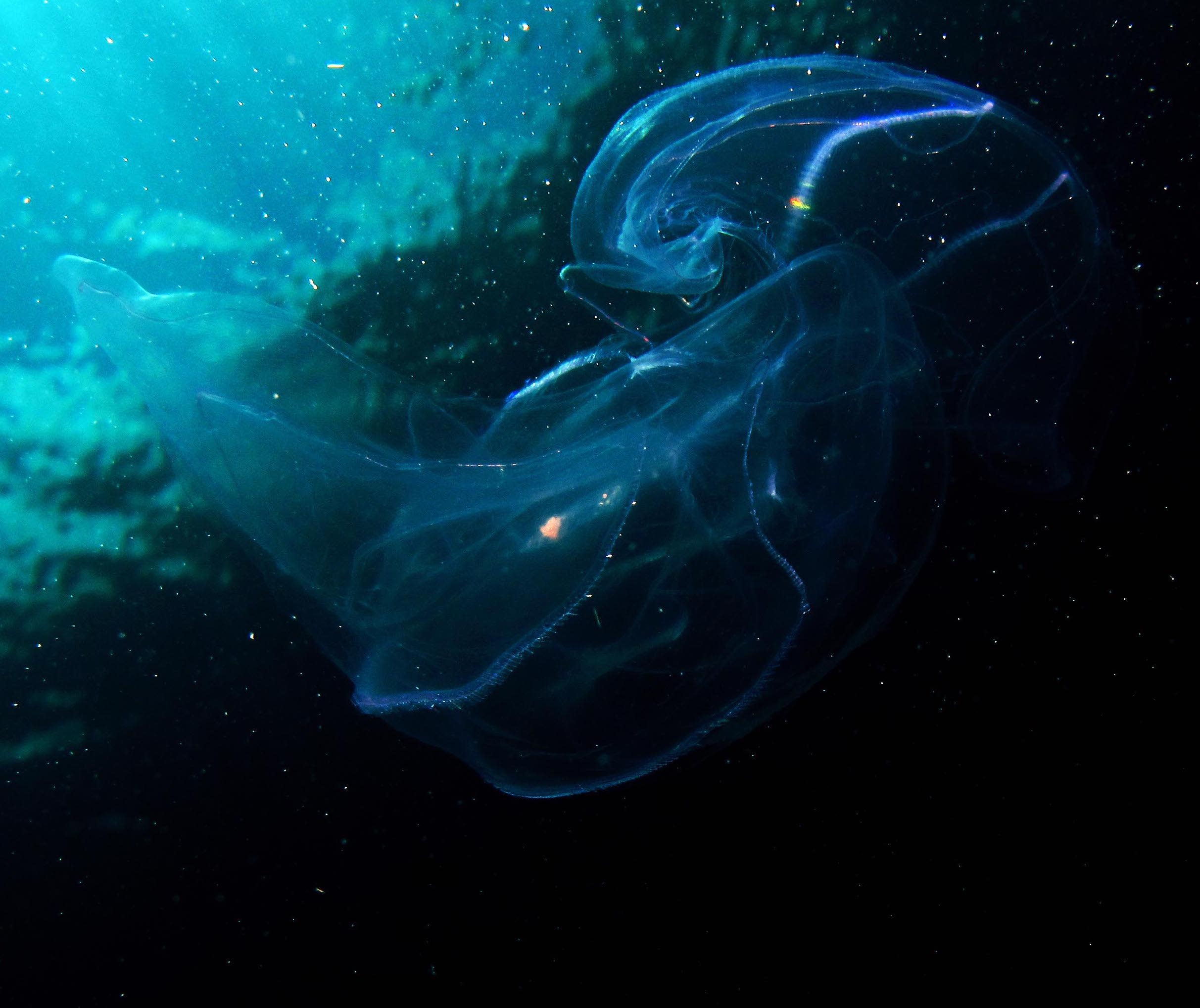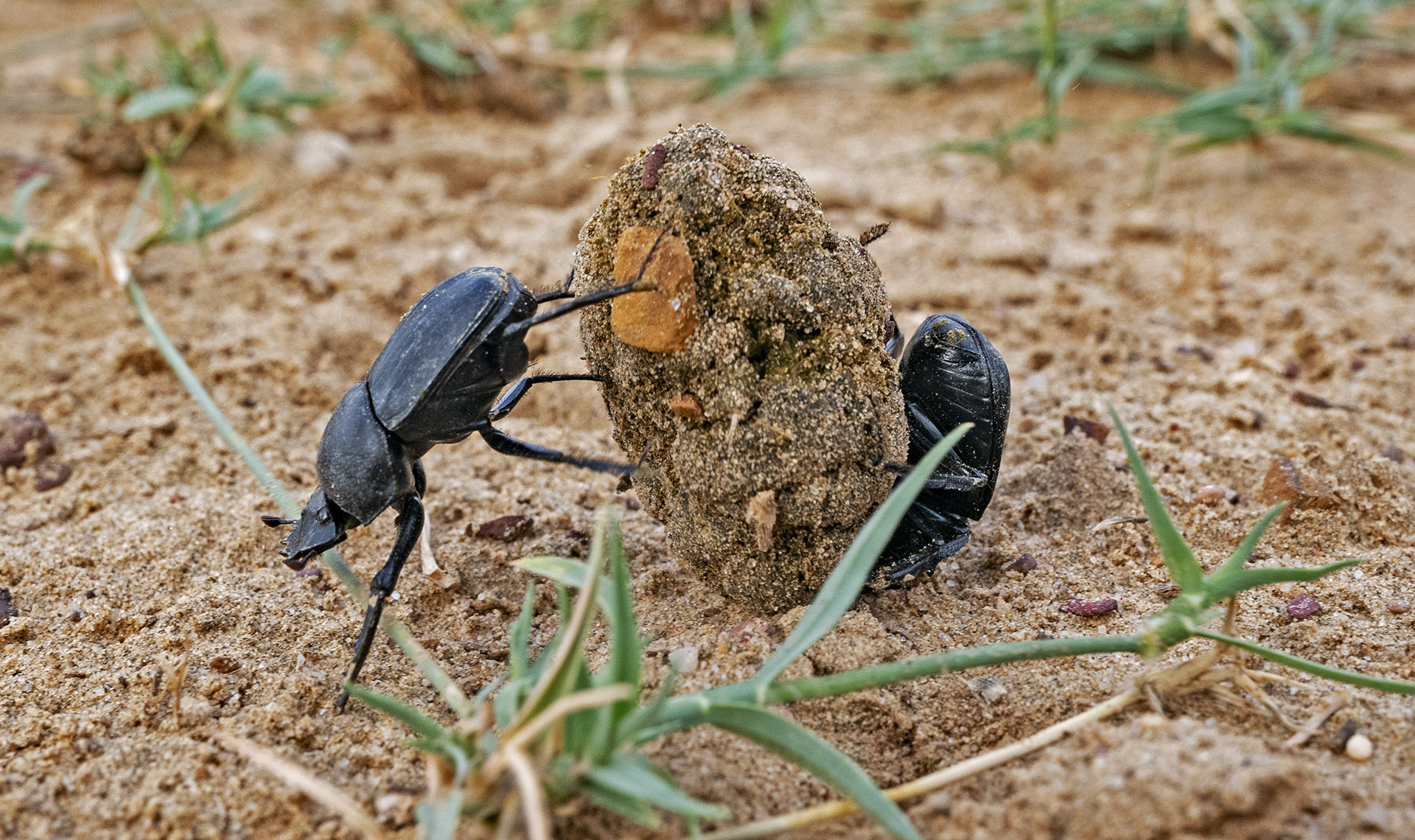 Listen to this article
•
15:34 min
Listen to this article
•
15:34 min
At Sustain, we devour stories about the wild world almost every day, and yet it continues to constantly astonish us. As the year comes to a close, here are ten fascinating things we discovered in 2020.
Did you know some fish can walk outside water and breathe air?
“Singing a toddler nursery rhymes is complicated when you work at Sustain. First I sing, ‘Macchli jal ki rani hai, jeevan uska paani hai, haath lagao dar jayegi, bahar nikaali mar jayegi’. Then I find myself adding a caveat and saying some fish actually like it outside the water. And then my toddler looks confused and my husband rolls his eyes,” – Neha Dara
Did you know that the horned lark is known as ‘Ribcha Kolt’ or ‘Crazy Bird’ in Spitian?
“I wondered if Spitians call the horned lark the ‘crazy bird’ because of its perpetually annoyed expression. Turns out they call it so due to its habit of building its nest anywhere, without a care in the world about who’s watching. I can’t wait to meet this character that seems to have walked straight out of the popular mobile game Angry Birds and ask, ‘Why so angry’?” – Anirudh Nair
Did you know that when a whale dies and sinks to the ocean floor, it sustains an underwater ecosystem?
“We’ve heard of beached whales and whale carcases washing up on coasts, but it is so fascinating and rare to see what happens hidden on the bottom of the ocean floor,” – Divya Candade
Did you know that most species of geckos don't have eyelids and need to lick off dirt from their eyes?
Even though geckos are no strangers to me, I never knew that some of them do not have eyelids. These fascinating creatures cannot blink and so they need to lick the membrane that covers their eyeballs to keep dust and other irritants off. Someday I hope to get close enough to one to observe this behaviour,” – Amrita Das
Did you know if a male anthias fish dies, the largest female changes her sex to male to continue mating cycles?
“Harems, sex changes, orgies and polygamy. So much happens in the underwater world that we are absolutely clueless about,” – Megha Moorthy
Did you know crocodile eggs incubated at a high temperature will give male crocodiles and at a lower temperature will give female crocodiles?
“I thought the Madras Crocodile Bank is a place where they breed different species of crocodiles and safeguard them. But it’s amazing to learn that temperature control can determine the sex of the new-borns. You can actually decide how many males or females you want through TSD (Temperature Sex Determination)!” – Amit Kalra
Watch an interview with Romulus Whitaker here
Did you know that Narcondam hornbills are found on a single tiny island and nowhere else on Earth?
“I am amazed that the only place on the planet these gorgeous hornbills exist is a seven-sq-km island in the Andamans – it’s like Narcondam is our own mini Galapagos,” – Niloufer Venkatraman
Did you know that decorator crabs assemble elaborate adornments to masquerade as different life forms to escape life predators?
“I thought I knew what a crab looked like until I saw decorator crabs! Each one goes through a makeover to hoodwink predators. Look closely at this picture — sitting upon the shell of this hermit crab are two types of algae, a couple of hydroids, a tunicate, and a feather star!” – Radhika Raj
Did you know that the green munia is named after the city of Ahmedabad?
“I was surprised that the green munia is also called the green avadavat, which is a corruption of the word Ahmedabad!” – Swati Agarwal
Did you know that some spiders mimic weaver ants so they can sneak into their nests, and eat their larvae?
“I thought identity theft only happened in the world of humans until I got to know the tricks some spiders get up to, as they mimick the behaviour and appearance of weaver ants, to steal their identity and larvae. The ways of the wild never stops to surprise me!” – Samreen Farooqui
Did you know that some dung beetles can pull 1,141 times their own body weight?
“These little creatures can put the world’s best wrestler to shame. Also, called the ‘strongest insect in the world’, dung beetles are my pick for 2020,” – Shabnoor Irshad
Photos by (in order of appearance): Vardhan Patankar, Dhritiman Mukherjee, Dhritiman Mukherjee, Umeed Mistry, Vipul Ramanuj, Rickard Zerpe, CC BY 2.0 , Dhritiman Mukherjee, Dhritiman Mukherjee, Umeed Mistry, Dhritiman Mukherjee, Jithesh Pai, and Dhritiman Mukherjee.















